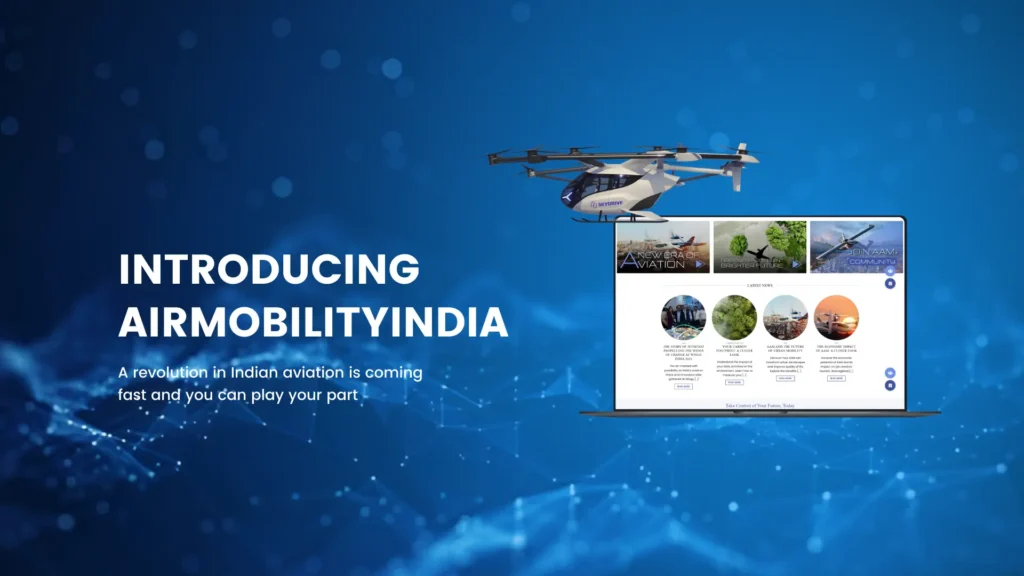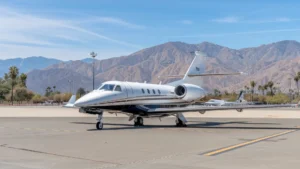In the last few years, aviation has often been in the news for the wrong reasons. The industry has come under intense scrutiny for its growing contribution to GHG emissions and the impact on climate change. It is certainly true that on a global basis the bounce-back in demand for air travel after the Covid pandemic has exceeded expectations, and that this growth in demand will likely cancel out attempts by the industry to reduce emissions in the short to medium term. In India, the rapid growth in demand for air travel post-pandemic has been truly extraordinary as economic development continues at great pace.
In this context, the flow of good news about emerging new clean aviation technologies is most welcome. Under the collective banner of ‘Advanced Air Mobility’ a range of new technologies in aircraft design and propulsion are promising to revolutionise short haul and urban transportation. The new generation of electric battery powered aircraft with vertical take off and landing capabilities – dubbed ‘eVTOLs’ – are being rapidly developed to transform urban commuting by creating air taxi-style services within our major cities.
Multiple applications – ‘use cases’ – are envisaged from last mile connectivity between airports and downtown or residential locations, to commuting from suburbs to city centres, connecting business centres around cities, or creating new, lower cost air ambulance and medical transport services. The development of innovative small aircraft designs that combine the performance benefits of both helicopters (vertical lift) and fixed wing aircraft (higher cruise speed and lower operating costs) combined with no-emission electric powered flight, offers the potential to transform urban mobility through a new era of air travel.
This is exciting and potentially transformative for congested and polluted urban environments. Given the long term trend for populations to concentrate in mega-cities around the world, the wasted time and frustrations of ground-based traffic congestion and the rising air pollution driving both health and climate concern, are reasons enough to welcome such potential transformation in how we move around our cities and conduct our daily business.
For the aviation industry the opportunity to demonstrate real progress towards a de-carbonised and sustainable future must be seized, even if for now these innovations are limited to the short-haul travel space. Whilst the new technologies and aircraft designs are rapidly developing, with the first certifications of eVTOLs likely to happen before the end of 2026, they can only deliver the promised revolution if a new urban air mobility (UAM) ecosystem is created within the city landscape and airspace.
In many ways India’s rapidly growing major cities provide the perfect opportunity to demonstrate the transformative effect of such UAM ecosystems and air-based transport networks. These vast cities lead India’s economic growth and business dynamism, but suffer increasingly from congested transport networks, wasted time in delays and traffic jams, and declining air quality and noise. Urban Air Mobility could and should find its natural home in these great urban centres and bring both relief and revitalised mobility for business people and commuters alike.
But to achieve this vision is going to take a massive collaborative effort to build the infrastructure, on the ground and in the air, the urban air space traffic management systems, the connections and support services (not least electrical charging stations) and a new level of regulation, expertise and training that will make it all safe and secure as an air transport system.
In short, there is much work to do and many people to connect and collaborate with, both inside and outside the aviation industry. Stakeholders in such a collaborative effort include municipal authorities, state governments and policy makers, community leaders, businesses and citizens for whose communities and locations eVTOLs will fly and serve.
Whilst the first services are unlikely to begin on a commercial scale in India until 2028 at the very earliest, the collaborative effort must begin now, and the dialogue and debate about how best to bring this revolution to India’s cities must be encouraged so the benefits are maximised for all citizens.
To that end JetSetGo, as a pioneer in the development of Advanced Air Mobility in India, has created a new online community and website to enable anyone with an interest in the development of UAM and regional air mobility (RAM) using new AAM technologies, and the wider topic of sustainable aviation, to engage in the discussion, find information and express their enthusiasm or concern. We believe that such an online community will help foster and accelerate the collaboration we as in an industry need to enable India to pioneer and lead in this new aviation revolution.
The community website is at AirMobilityIndia.in and we invite anyone and everyone with an interest in Advanced Air Mobility for India to register, have your say, and play your part in this exciting and transformative new era for aviation.








